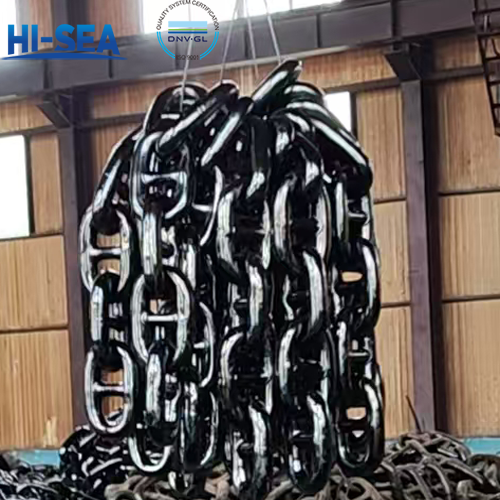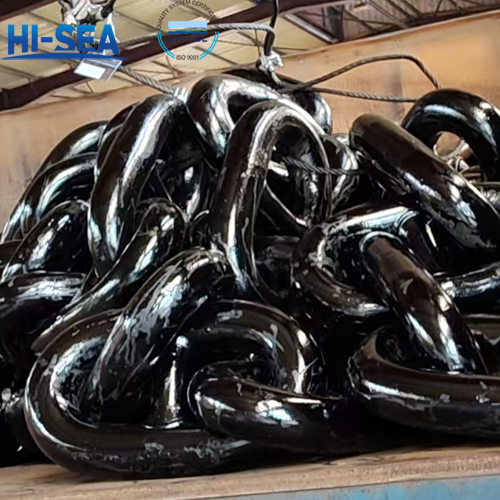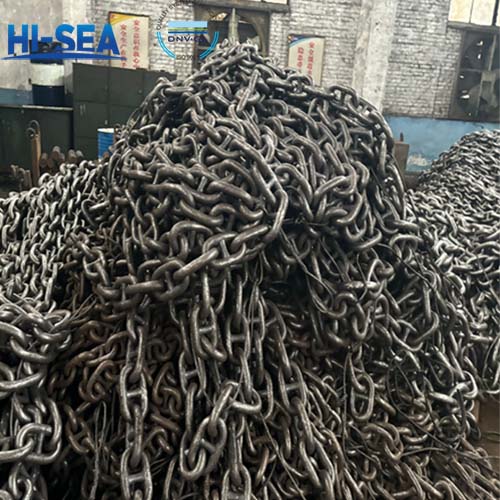
Differences between Pneumatic Horn and Electronic Horn
Overview
Pneumatic Horns
Principle: Pneumatic horns generate sound using compressed air. Typically, ships are equipped with an air compressor or compressed air system, which compresses air and delivers it through pipes to the diaphragm or horn of the horn. By controlling the flow and pressure of the compressed air, you can control the tone, volume, and duration of the sound emitted by the horn.
Application: Pneumatic horns are usually suitable for situations that require loud, sustained sound, such as issuing emergency alerts or serving as navigation warnings in limited visibility.
Advantages: Loud, sustained sound suitable for emergencies.
Price: The price of pneumatic horns is usually relatively low, but the specific price depends on factors such as volume and tone control functions. Basic pneumatic horns may range from hundreds to thousands of dollars, while larger, high-performance pneumatic horns may be more expensive.
Recommend:
A. WKD Type: Typically has a large sound output and reliability.
B. WD Type: Comes in different sizes and sound characteristics to meet the needs of different ships.

Electronic Horns
Principle: Electronic horns use electronic components such as diaphragms or speakers to generate sound. They are usually powered by batteries or the ship's electrical system. Electronic horns generate sound by emitting pre-recorded or generated sound files. Sound files can be stored internally in the device or input from an external signal source.
Application: Electronic horns are usually suitable for situations that require flexibility and diverse sound options, such as emitting specific signal codes, providing operational instructions, or serving as communication tools. They can play various pre-recorded sounds as needed, including alarms, signal codes, voice commands, etc.
Advantages: High flexibility, able to play different sounds according to needs, easy to control.
Price: The price range of electronic horns is wide, depending on factors such as functionality, number of sound options, brand, and quality. Basic electronic horns may range from hundreds to thousands of dollars, while high-end, multi-functional electronic horns may be more expensive.
Recommend:
A. YQ Type Horn: Features flexible sound options and control functions. Suitable for various types of ships and can play different sound signals as needed.
B. CDD Type Horn: Features multi-functionality, stable signals, long-distance sound transmission, and minimal signal distortion.
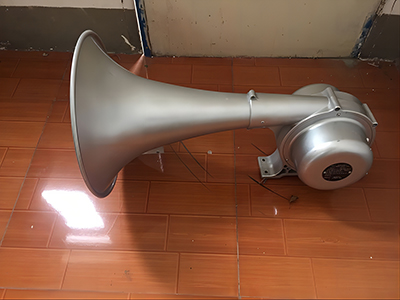
Pneumatic-Electronic Hybrid Horn
Principle: This type of horn combines pneumatic and electronic technologies. They typically feature pneumatic systems and electronic components, allowing for the switching or simultaneous use of both technologies to generate sound. Sound characteristics can be adjusted by controlling the compressed air flow of the pneumatic system and the electrical signals of the electronic components, enabling more flexible sound control and selection.
Application: Hybrid horns are suitable for situations that require the combination of pneumatic and electronic technologies to balance loudness and flexibility. For example, continuous sound from the pneumatic system can be used when needed, while specific sounds from the electronic system can be used in other situations.
Advantages: Combines the advantages of pneumatic and electronic technologies, balancing flexibility and loudness.
Price: Hybrid horns typically fall in price between pneumatic horns and electronic horns. Prices depend on technical features, brands, and performance. Generally, this type of horn may be slightly more expensive than single-technology horns.
Recommend:
HSD Type Horn: Usually used for ships that require greater sound output, such as large cargo ships or oil tankers.
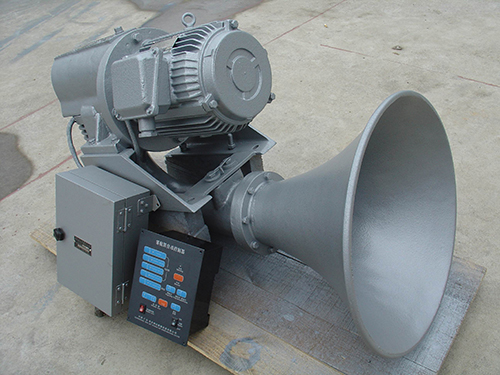
We offer various high-quality marine air horns (including the above-mentioned models). Quality and service are guaranteed to satisfy you. Welcome to our website for purchase.


